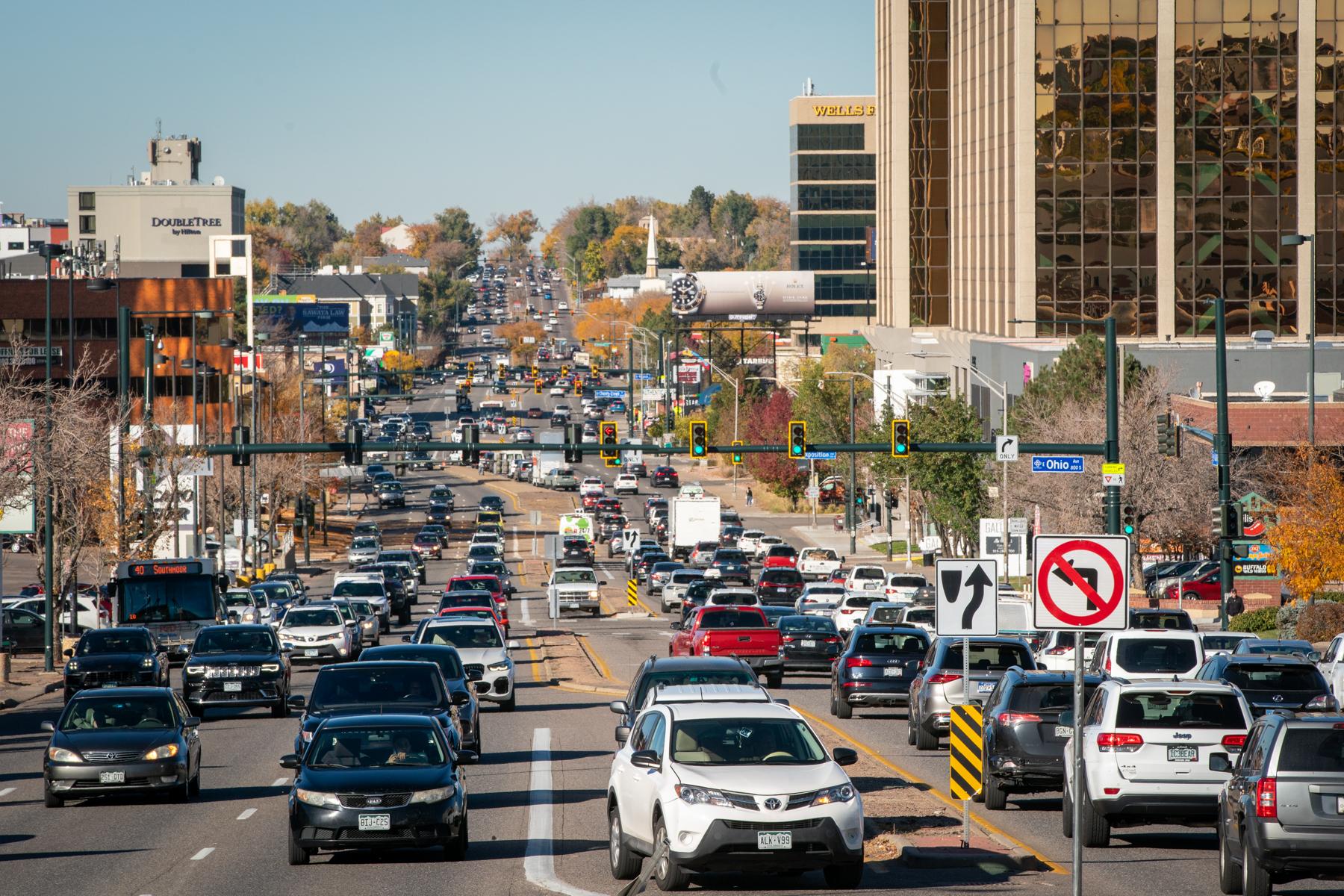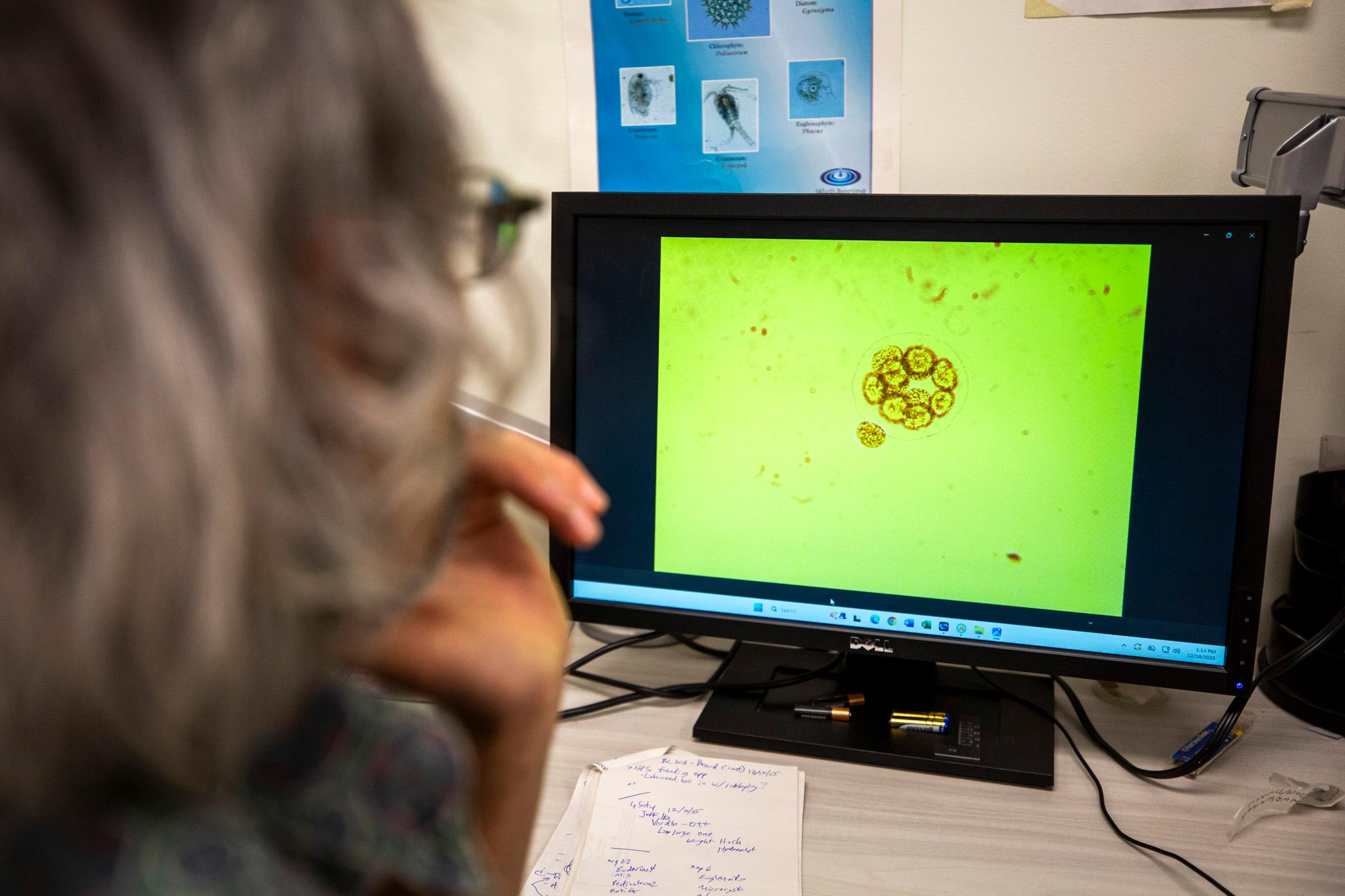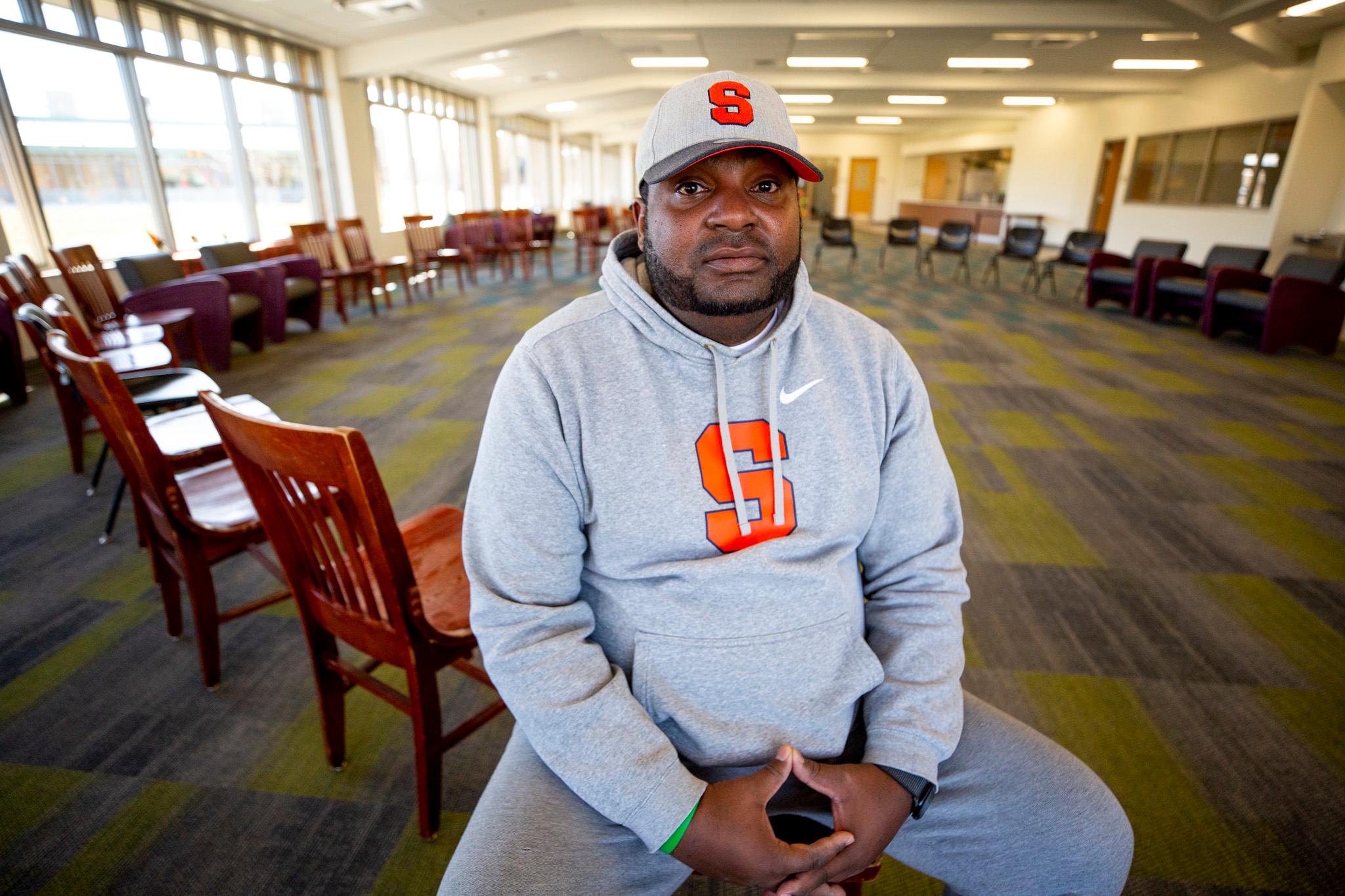Denver-area residents drove more in 2022 than they did the year before, but they were still driving about 2 percent fewer miles on an average day compared to 2019, a new analysis from the Denver Regional Council of Governments shows.
The report also reveals that the work-from-home boom that took off during the pandemic was still having a significant impact on congestion in 2022.
Put another way: Traffic on some highways in the Denver area was back to pre-pandemic levels. But on others -- especially those that traditionally served commuters -- drivers were still enjoying relatively smooth sailing in 2022 despite population growth over that time.
"It just really reflects how people's travel behavior has changed," said Robert Spotts, DRCOG's mobility analytics program manager.
It's too soon to say with detail how traffic has changed so far this year, Spotts said. But early indications are that it is continuing to get heavier again.
US 6 on the west side of the metro is an example of a traditional commuter highway.
It carried nearly 150,000 vehicles a day from Lakewood and points west in and out of central Denver in 2019 and saw approximately the same number of cars in 2022. But DRCOG's analysis found that the morning rush hour looked dramatically different: 17 percent fewer vehicles were on the road between 6-7 a.m.
Traffic was spread more evenly across the day, Spotts said.
"That's a good thing," he said. "It does avoid those peak periods where there's stop and go congestion, very frustrating unsafe conditions, and additional emissions."
Interstate 25 and C-470 through the office-heavy Denver Tech Center tell a similar story. Travel times were down 13 percent in 2022 compared to 2019, the analysis shows. A toll-lane expansion of C-470 that opened in 2020 explains only some of that drop, Spotts said.
"We're seeing total volume on that corridor pretty significantly reduced from even what was in 2019," he said.
Spotts admits the 2022 data might feel like "ancient history" as the pandemic recedes further in society's rearview mirror. He says early data suggests vehicle miles traveled this year are more closely hewing to pre-pandemic numbers.
"But hopefully there's been a change where people are driving less on an average day and have more flexible options to both, either not travel to work and or have more flexible schedules where they're not having to hit those key peak rush hour times," he said.
For 15 years, Amy Maybach of exurban Highlands Ranch drove daily to and from downtown Denver. That trip took about an hour, she said. And while her travel times improved during the pandemic, she said, it's back to an hour-long journey now.
The difference now, though, is that Maybach makes the trip just once a week or so.
"It is a lot better because I do have to do it quite less frequently," she said. "But when I do have to do it, it seems like the levels are just the same as they were pre-pandemic."
Then there are the roads that are seeing a lot more traffic altogether.
A top example of that, Spotts said, is Peña Boulevard -- the main highway to and from Denver International Airport. New development along the corridor and exploding passenger counts at the airport are putting a lot of pressure on Peña.
"A lot of growth, a lot of new users on that facility, and as a result, we are seeing a lot more congestion on that facility," Spotts said.
The 24/7 nature of the airport means Peña has never had typical rush hours. And growing volumes of traffic means it can become congested at any time, Spotts said.
Airport officials are pushing for a "very responsible" expansion of Peña Boulevard, which public transit advocates say would run counter to the city's climate goals and stated desire to shift travel away from vehicles.
Long-term, DRCOG forecasts more population growth. The question will be how the region accommodates those people.
Officials expect an additional 1 million people will move into the Denver region by 2050. One possible scenario in the report envisions a 42 percent increase in vehicle miles traveled and a tripling of the amount of time drivers are delayed.
But other DRCOG forecasts, Spotts said, that take into account the significant investment that local, regional and state governments are making into non-car transportation infrastructure, reveal a different potential future.
"We believe that will result in a rosier picture here with more multimodal use, more telework, and hopefully less congestion and better air quality," he said.
What ultimately happens could depend on the policies, priorities and budgets governments adopt now around how the region's cities are built, which transportation projects are funded, and which are abandoned.
"There are a lot of unknowns," Spotts said.













